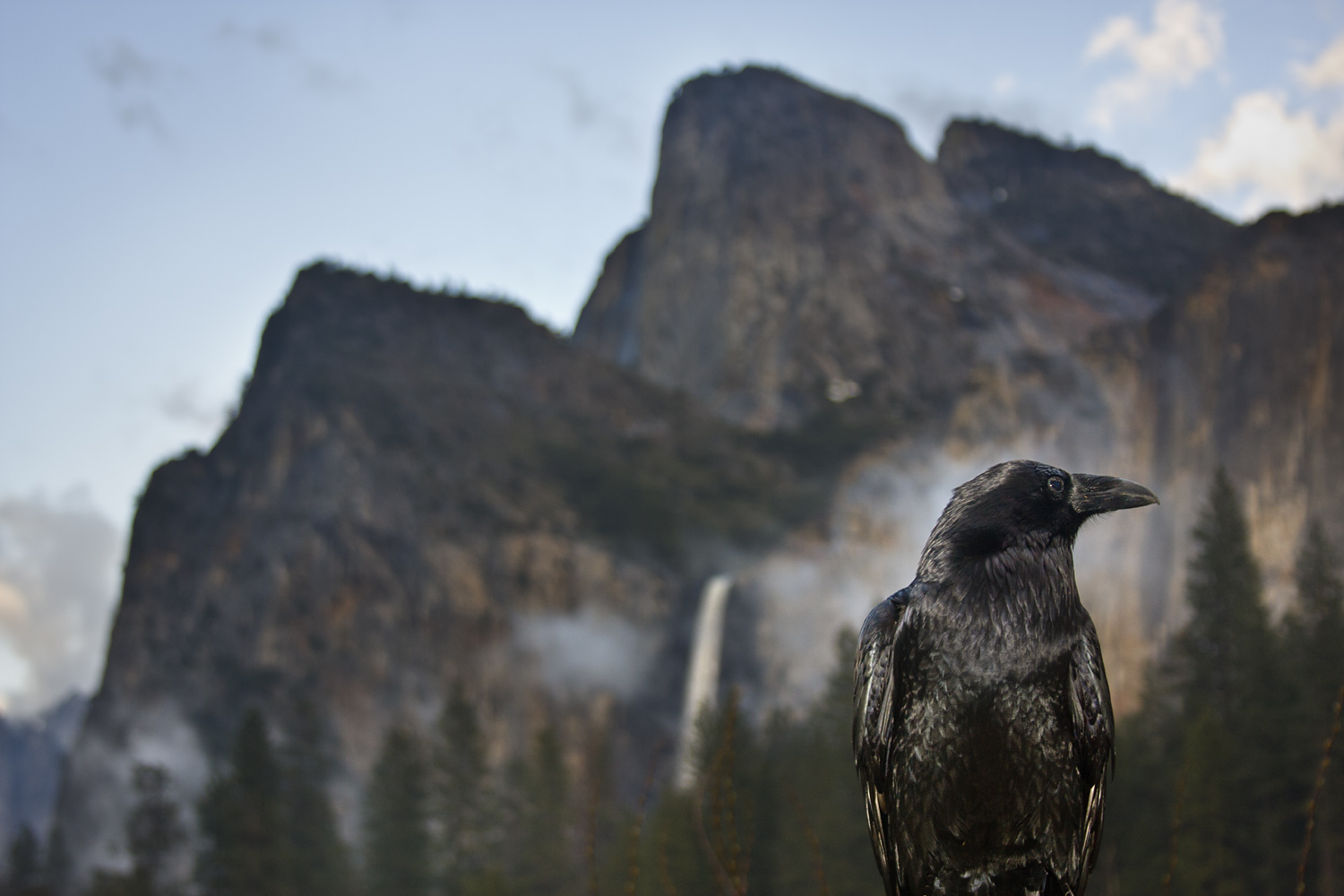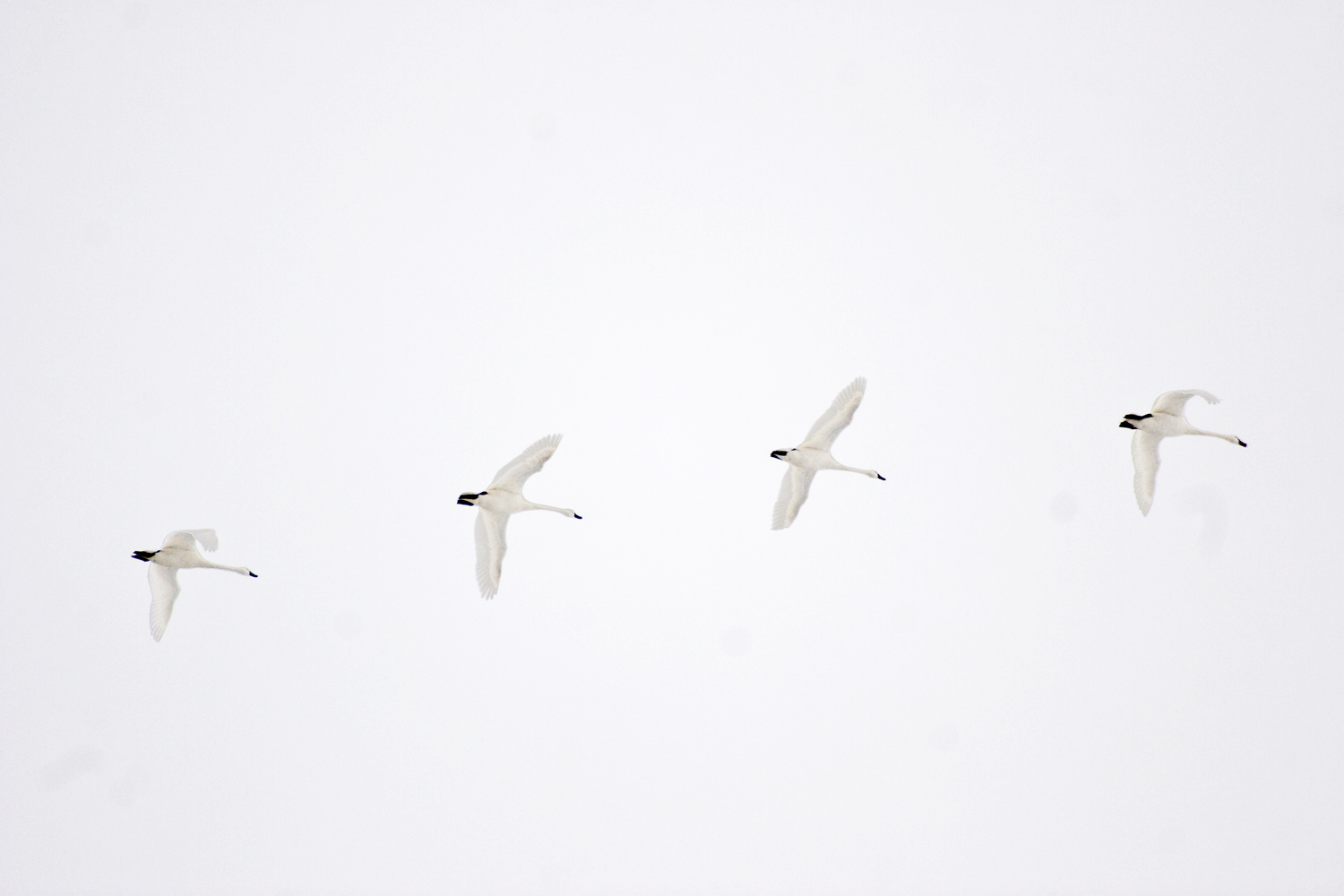Wildlife

























































A herd of bison make their way up the valley, always searching for grass.
Grand Teton National Park, Woming.
Bison bison.
Grand Teton National Park.
The California Spotted Owl is listed as a ‘near threatened’ species, with attempts to have them listed as threatened denied over the last few years. Their main threats are habitat loss, fragmentation, and degradation often due to logging. This makes protected areas such as Yosemite a very important place for them.
Yosemite Valley, CA.
Resting in a tree in Tonsai, Thailand.
Some sleepy looking Macaques in Tonsai, Thailand.
The eye of one of the adult elephants at the Elephant Nature Park satellite site. The elephant tourism business in Thailand is big money and can be a shady and brutal business. The elephants can often be treated terribly.
However, there are some business that are reputable. You should never ride an elephant. The training for the elephants to allow people to ride them often involve beatings and other harmful practices. If visiting an elephant tourism site, thorough research is essential to ensure you are not supporting a place that is harming elephants.
Near Chiang Mai, Thailand.
A male Asian elephant, (Elephas maximus indicus).
Khao Yai National Park is one of the largest un-interrupted wild elephant habitats left in Thailand. It is part of the larger Dong Phayayen-Khao Yai forest complex encompassing five different protected areas.
The Asian Elephant Elephas maximus indicus, weighs up to 11,000 lbs and can be up to 11.5 feet tall and 21 feet long.
Khao Yai National Park, Thailand.
A group of Asian Elephants in Khao Yai National Park in Thailand.
The Asian Elephant (Elephas maximus indicus) is an endangered species numbering less than 50,000, with 30% of those in captivity.
Groups typically consist of 6-7 females with the oldest female matriarch leading.
Just before nightfall a wild boar spooked this group of Asian elephants and they took off running and trumpeting.
Threats to this endangered species include poaching, lack of genetic diversity, capture for domestic use, and habitat loss.
Khao Yai National Park, Thailand.
While I experienced conflicting emotions about the status of these elephants as a tourist attraction the baby elephant surely captured my heart as it stumbled about, still unsure how to use it’s own body.
Near Chiang Mai, Thailand.
The end of the visit at the Elephant Nature Park’s tour involved the elephants cooling of in the river and being splashed by the people in the tour group. While it certainly seemed that the elephants enjoyed getting in the river, the splashing seemed to be more for the participants, the elephants seemed indifferent. Who knows though, maybe they liked it.
Near Chiang Mai, Thailand.
While these elephant tourism sites are a good interim solution for allowing elephants that might otherwise be killed to live out their lives, it doesn’t do anything to help the species in the wild as a whole.
Elephants can never ben rehabilitated into the wild. The real problem is habitat loss, fragmentation, and poaching. In the densely populated and small southeastern Asian countries that these elephants call home there is simply not enough wild habitat left.
Near Chiang Mai, Thailand.
This Southern Sea Otter, also known as a California Sea Otter (Enhydra lutris nereis) appears to be laying back and soaking up the early morning rays. Listed as an endangered species in 1977, the otter has rebounded in recent years with the 2016 population reaching 3,272 individuals. And for the first time, the otter numbers have exceeded 3,090, the total that the U.S. Fish and Wildlife Service says is needed to be met for three years in a row before they can be considered for removal from the endangered species list.
Moss Landing, California.
The California Sea Lion (Zalophus californianus) takes a nap at the popular surf spot, Steamer Lane, in Santa Cruz, California.
This female Sierra Nevada Bighorn Sheep (Ovis canadensis sierrae) takes off after being released into its new territory.
Owens River Valley, California.
This male adult Bighorn is held by two volunteers. Blindfolded and hobbled, the sheep is relaxed as long as it is held and cannot see. After measurements and samples are taken, he will be relocated to a new area in hopes to increase the population's range. From these efforts the sheep's number and range have been increasing, but more work is needed before they can be removed from the Endangered Species List.
These three endangered Sierra Nevada Bighorn sheep (Ovis canadensis sierrae) get a brief helicopter ride to waiting scientists. They are measured, weighed, and blood and stool samples are taken. Then they are transported to a new area, all in the hopes that this endangered species gains a new foothold in it's home range.
Owens River Valley, California.
These Mule deer (Odocoileus hemionus) try to fade into their surroundings in the Klamath Basin, California.
In the Torres Del Paines National Park lies the ultra blue waters of Lago Pehoe. Gauchos and their horses roam the grasslands near the lake.
Chile
A small to midsize Bison, (Bison Bison).
Yellowstone National Park, Wyoming.
The All American Trickster, the Coyote (Canis latrans) can't do any harm to this group of American Bison (Bison bison).
Badlands National Park, South Dakota.
The plains seem to stretch on forever in Badlands National Park. This herd of American Bison (Bison bison) have it all to themselves.
White Tailed Deer, (Odocoileus virginianus).
Mato Tipila (Devils Tower National Monument), Wyoming.
This was my first spotting of the North American Pronghorn (Antilocapra americana). Commonly called an Antelope, they are actually the only surviving member of the family Antilocapridae.
Northern Utah
This Black Tailed Prairie Dog (Cynomys ludovicianus) is reluctant to share its territory with this Burrowing Owl, (Athene cunicularia), which often makes it's home in old Praire Dog burrows, sometimes returning year after year.
Badlands National Park, South Dakota.
I came across this strange scene in the Eastern Sierra. I'm not sure what happened here, but the image captivated me. Though the common North American Coyote (Canis latrans) has been continually hunted and trapped for the past ~200 years this persistent and iconic species continues to thrive.
Antilocapra americana roams the hills and plateaus of the San Rafael Swell in Utah.
This pair of Pronghorns (Antilocapra americana) was wandering the brushy plateaus of the San Rafael Swell.
Utah
These Herons stalking prey in the Arcata Marsh made me feel as if I'd gone back in time to when Dinosaurs still roamed this earth.
California
It was a magical morning that I captured this Snowy Egret (Egretta thula) on camera with the light just right as it waded in the shallows of the mud flats searching for small fish.
Natural Bridges State Beach, Santa Cruz, California.
The Raven (Corvus corax) posed for me at this classic view point of Bridal Veil fall in Yosemite National Park.
California
The world's southernmost ranging Parakeet, (Enicognathus ferrugineus), is found here in Parque Nacional Los Glaciares in Patagonian Argentina.
In the cold of a December morning I crept into the small wooden hut before dawn and waited. Just enough room for me and my camera gear, there was a hole in the wall big enough for a camera lens to peer through. In the early grey light this Bald Eagle (Haliaeetus leucocephalus) perched and sat, contemplating who knows what.
Klamath Basin, California.
Perched like a watchman, this Bald Eagle (Haliaeetus leucocephalus) waits. Every winter 800-1000 bald eagles congregate on the frozen landscape of the Klamath Basin, a wetlands and wildlife refuge. The Eagles are attracted to, and prey upon the thousands of other water fowl who stop over here on their migrations.
This Bald eagle (Haliaeetus leucocephalus) takes off in a snow storm. Once endangered by hunting and pesticides, Bald Eagles have flourished under protection.
Klamath Basin, California.
Harpactes erythrocephalus
Khao Yai National Park, Thailand.
A male species of Sialia currucoides.
Castle Rocks State Park, Idaho.
Perched in front of its aerie, this Peregrine Falcon (Falco peregrinus), had at least one chick that could be heard begging for food. When this nesting site was discovered, Castle Rock State Park authorities initially reacted by closing the cliff permanently to climbing. It is common for cliffs to be closed seasonally during the nesting time for Peregrine Falcons, and with the help of climbers, Castle Rock eventually re-opened and a seasonal closure was instituted. Castle Rock State Park, California.
Pelecanus Occidentalis flying gracefully in blue skies.
Santa Cruz, California.
North America’s littlest falcon, the American Kestrel (Falco sparverius) packs a predator’s fierce intensity into its small body.
Klamath Basin, California.
A mother (Sphyrapicus varius) tends to her chick nested in a cavity of an Aspen Tree.
City of Rocks National Reserve, Idaho.
Aechmophorus occidentalis glides through water that is colored greens and blues from the reflection of nearby docked boats.
Moss Landing harbor, California
Ardea alba slowly stalking prey in the sunrise reflected shallows near Moss Landing, California.
Blending into the white overcast skies these snow geese fly in formation over the frozen wonderland of wildlife that is the Klamath Basin.
California.
Baby owls are called owlets and this one was moving around on the ground near its mother (pictured previously) making short flights and hops to perch on boulders.
The California Spotted Owl is listed as a ‘near threatened’ species, with attempts to have them listed as threatened denied over the last few years. Their main threats are habitat loss, fragmentation, and degradation often due to logging. This makes protected areas such as Yosemite a very important place for them.
Yosemite Valley, CA.
Phoenicopterus chilensis line up in the lakes clear waters near El Calafate, Patagonia, Argentina. This species is listed as Near Threatened because it is suspected that it will undergo a moderately rapid population decline over the next three generations owing to egg-harvesting, hunting, disturbance, and the degradation of its habitat.
These Magellanic Penguins, (Spheniscus magellanicus), make their way to the sea.
These penguins are listed as ‘Near Threatened’ on the IUCN Red list due to declining populations that are not predicted to increase in the near future. The major threats to its population are oil pollution, fisheries interaction, and climate change.
Punta Tombo Penguin colony, Chubut Province, Argentina.
Two young Magellanic Penguin chicks (Spheniscus magellanicus) take a rest in their burrow.
Though threats from oil pollution have gotten exponentially better since the 1980’s/90’s, chronic oil pollution and mortality still occur off the coasts of Brazil, Uruguay, Argentina, and Chile.
Punta Tombo, Chubut province, Argentina.
Mother penguin rests her head protectively on her chick. (Spheniscus magellanicus).
Fisheries are causing a reduction in prey species for the Magellanic Penguin and the likely opening of new, ‘unexploited’ fisheries may exacerbate this problem.
Punta Tombo, Chubut province, Argentina.
Fiji Islands.
Elkhorn Slough, California.
Khao Yai National Park, Thailand.
Banteay Srey Butterfly Center. Siam Reap, Cambodia.
Appearing to float in mid air this hand sized spider was rumored to catch small birds in its web.
Tonsai, Thailand.
Spiral patterns are found everywhere in nature from the microcosm to the macrocosm. This tiny shell was about the size of my thumbnail.
KareKare Beach, New Zealand
Crocodylus siamensis is a critically endangered species. This particular individual is located within one of the rivers in Khao Yai National Park in Northern Thailand. He was re-located there a number of years ago. Hopefully in the future, more can be relocated so this species can become established here.
Commercial hunting for the skin trade is the biggest factor in why this animal has become nearly extirpated.
To learn more about the illegal animal trade, read the story on my blog, here